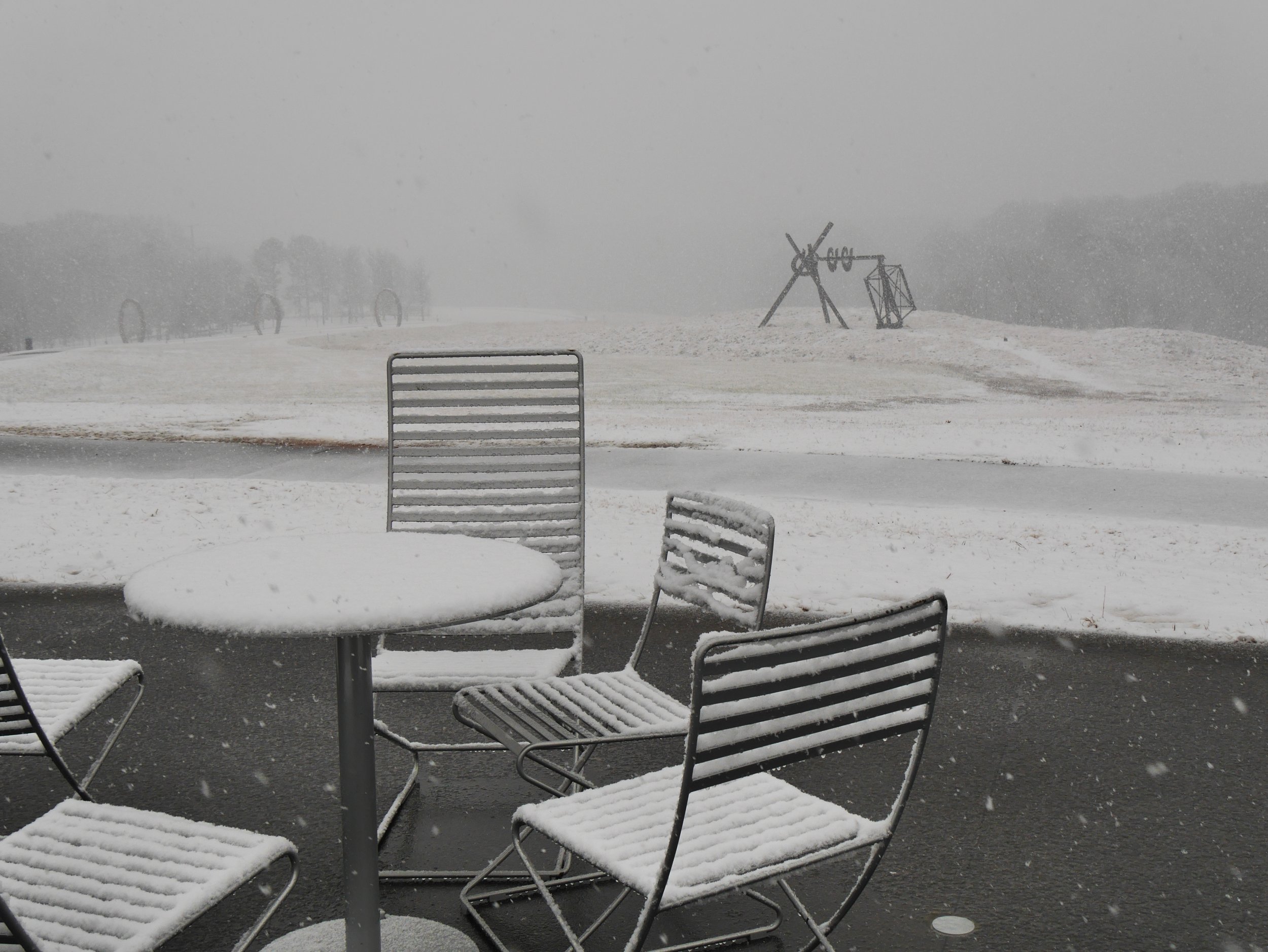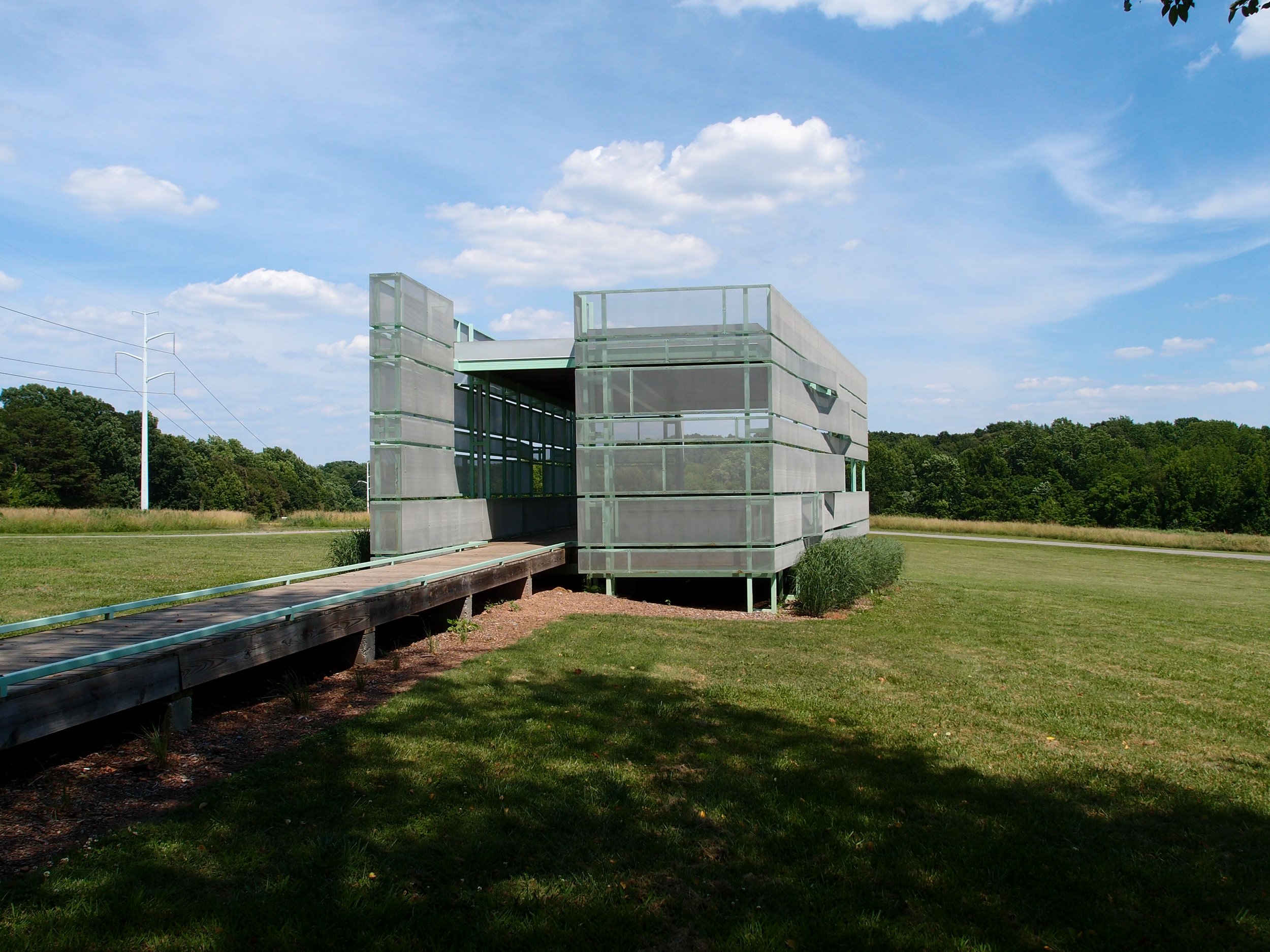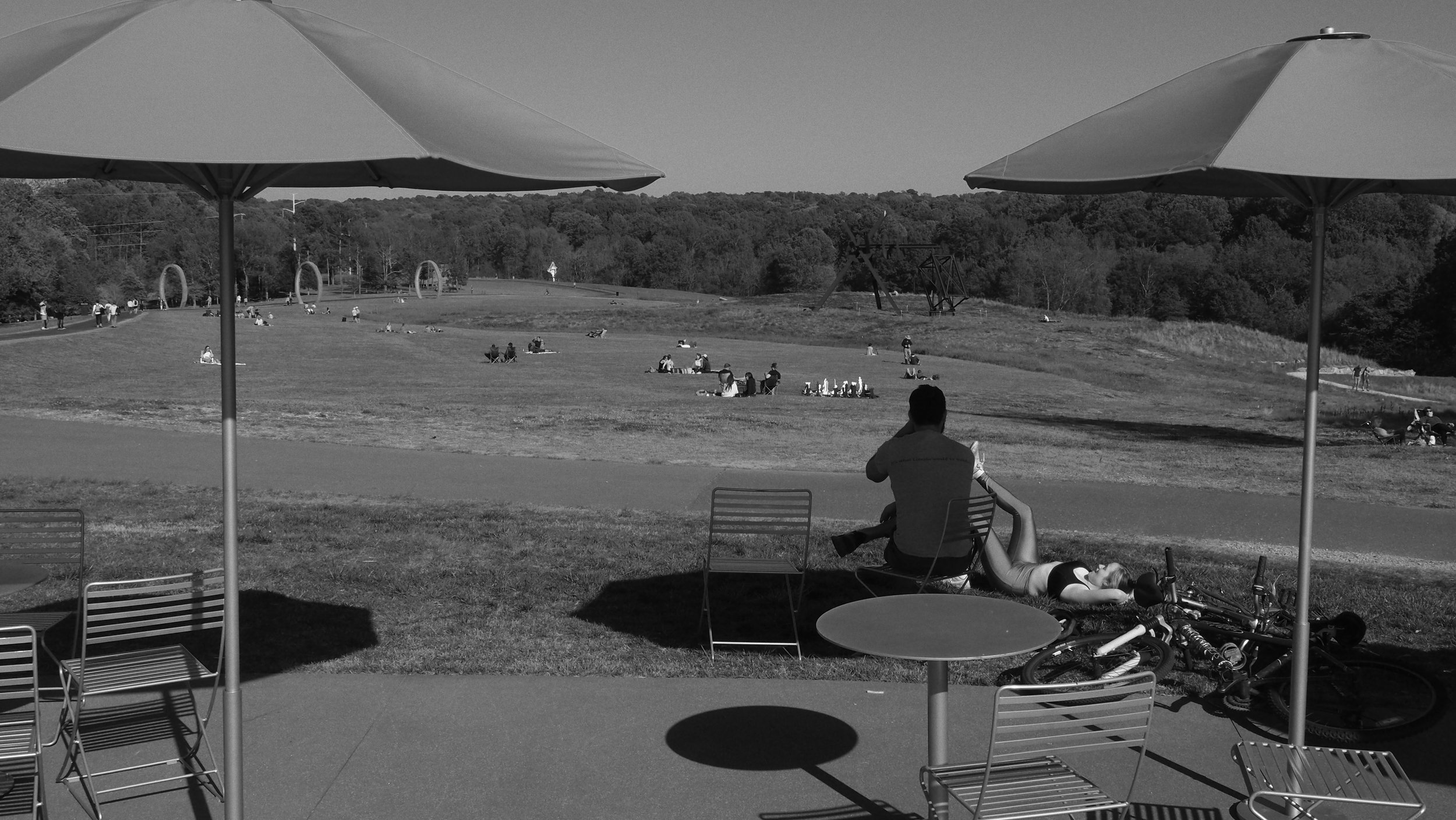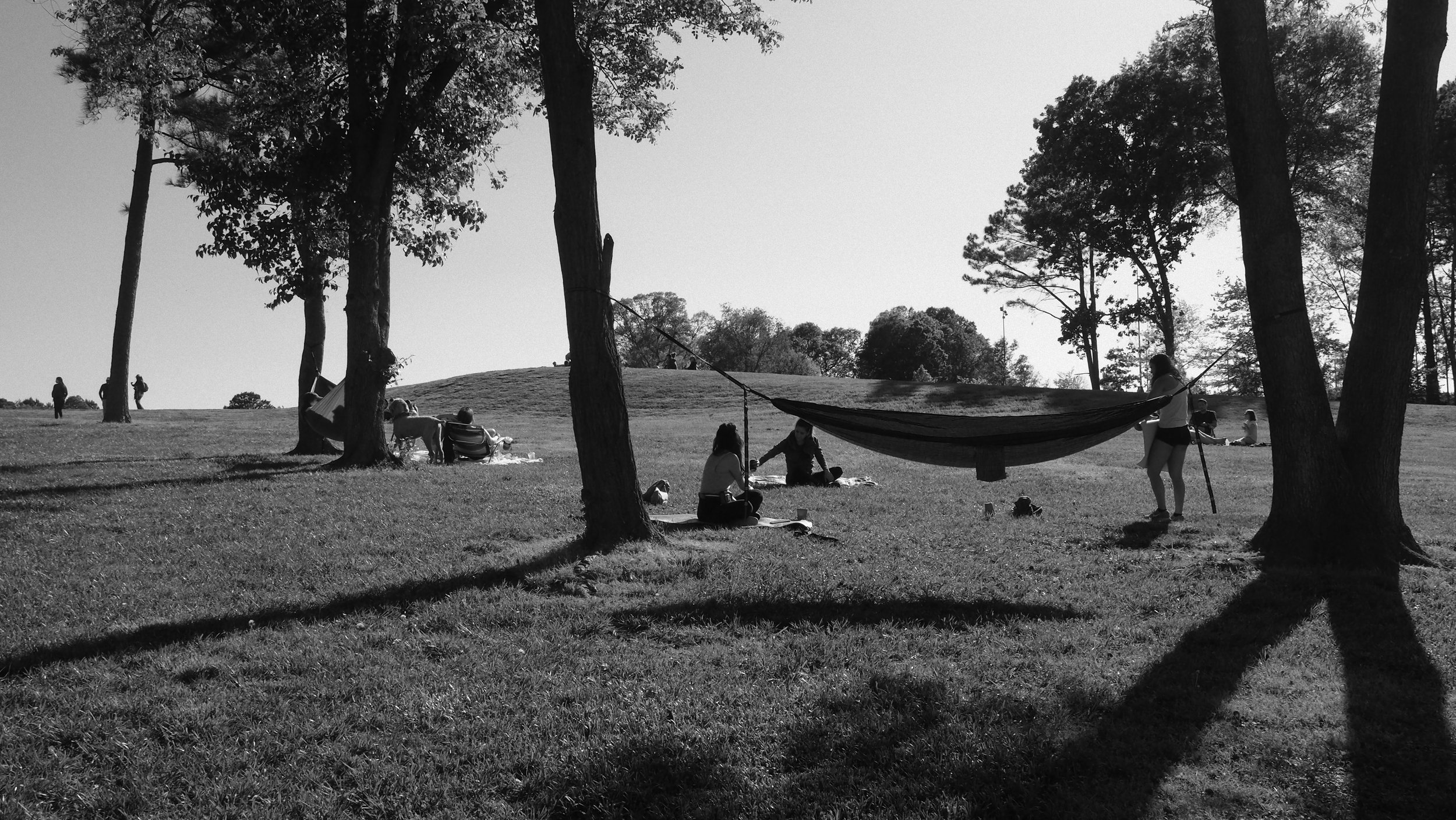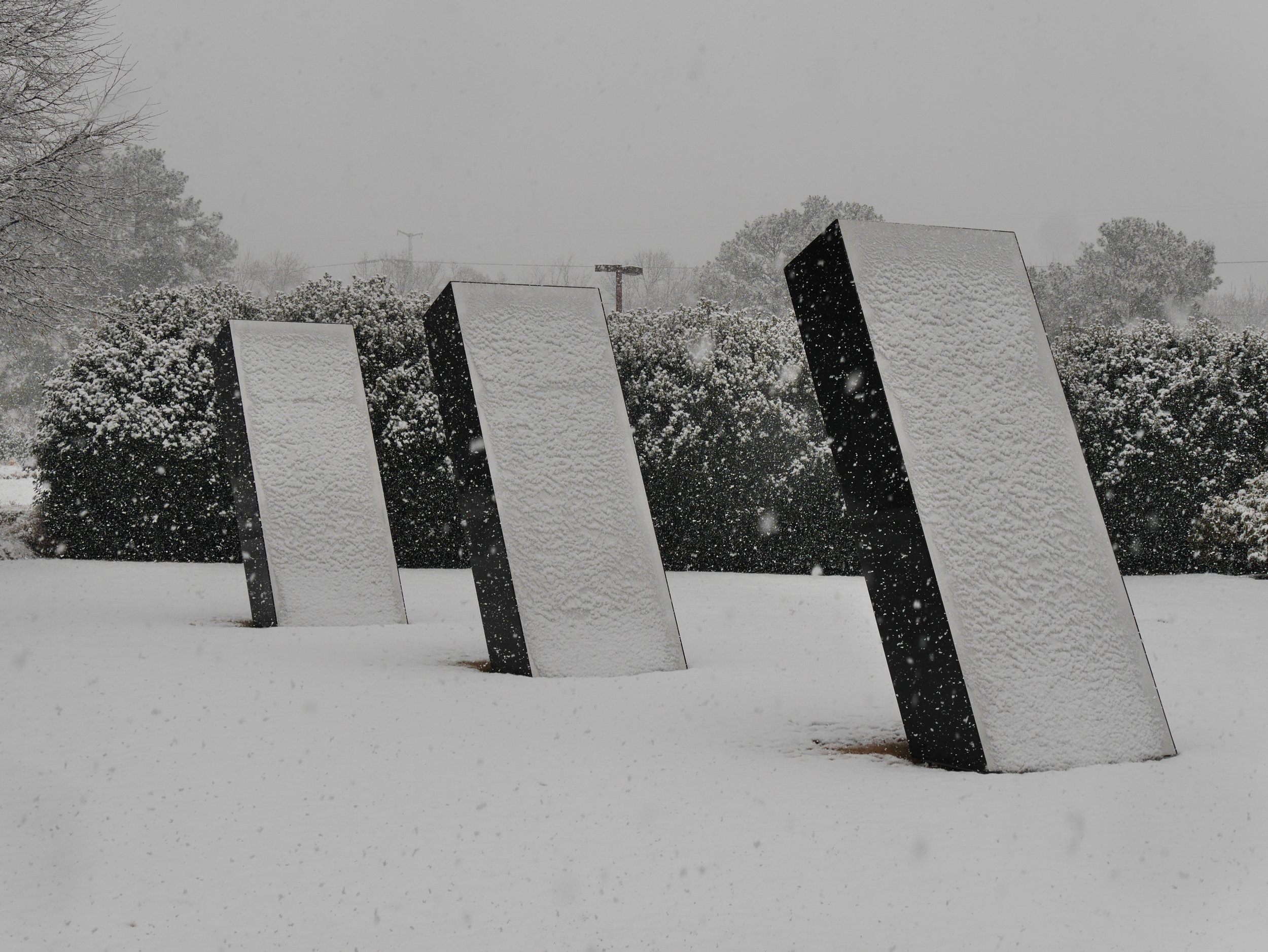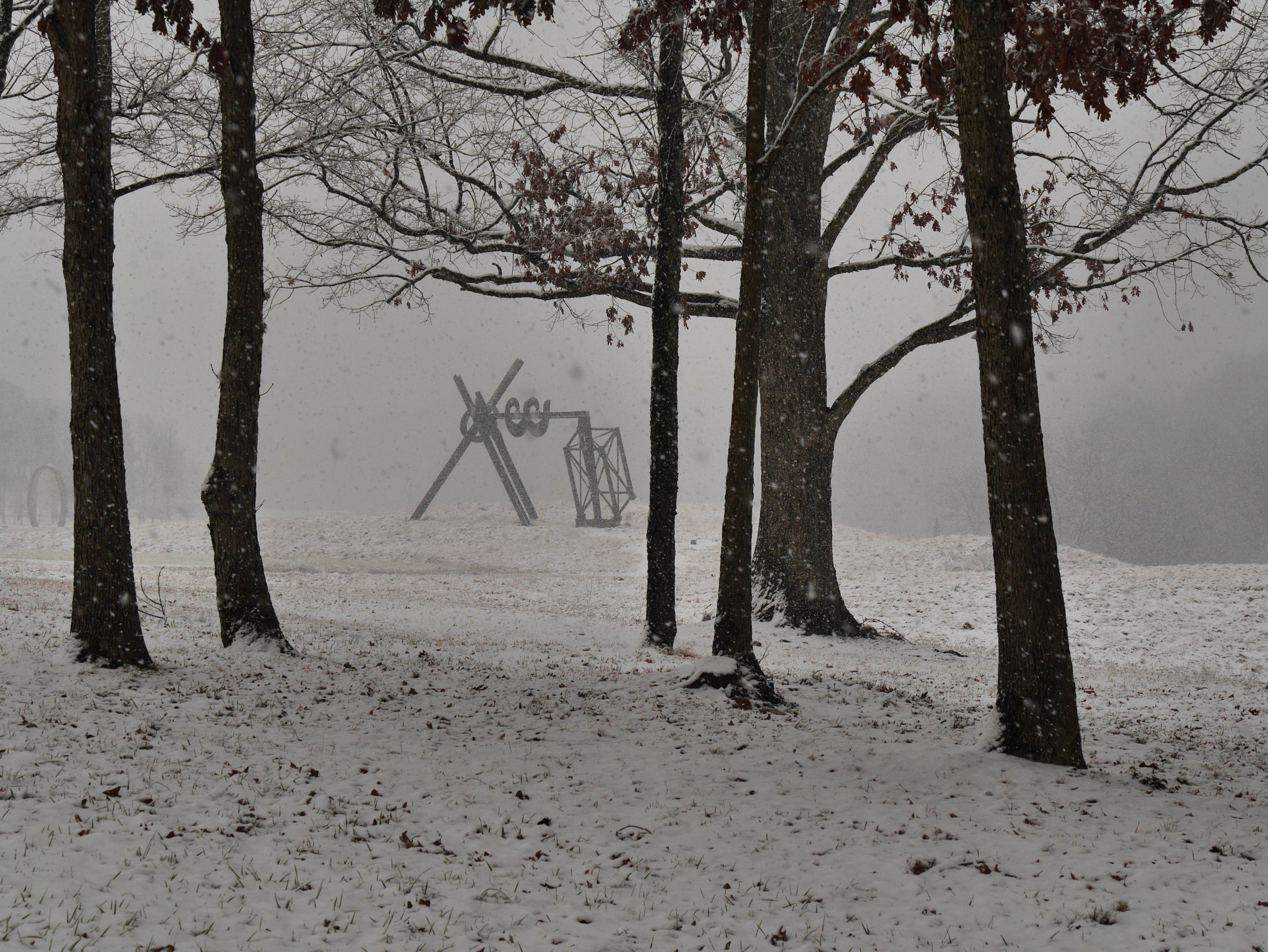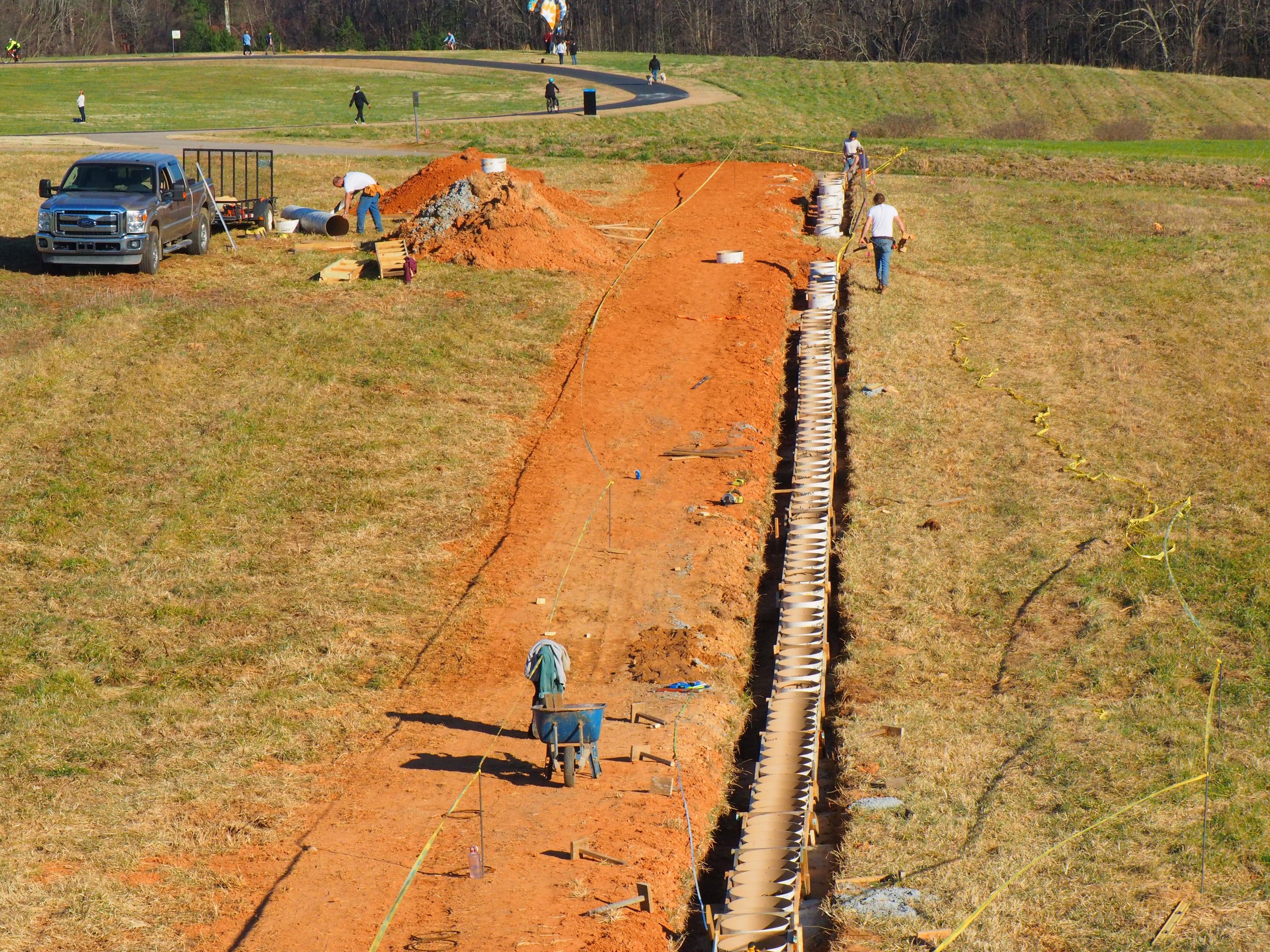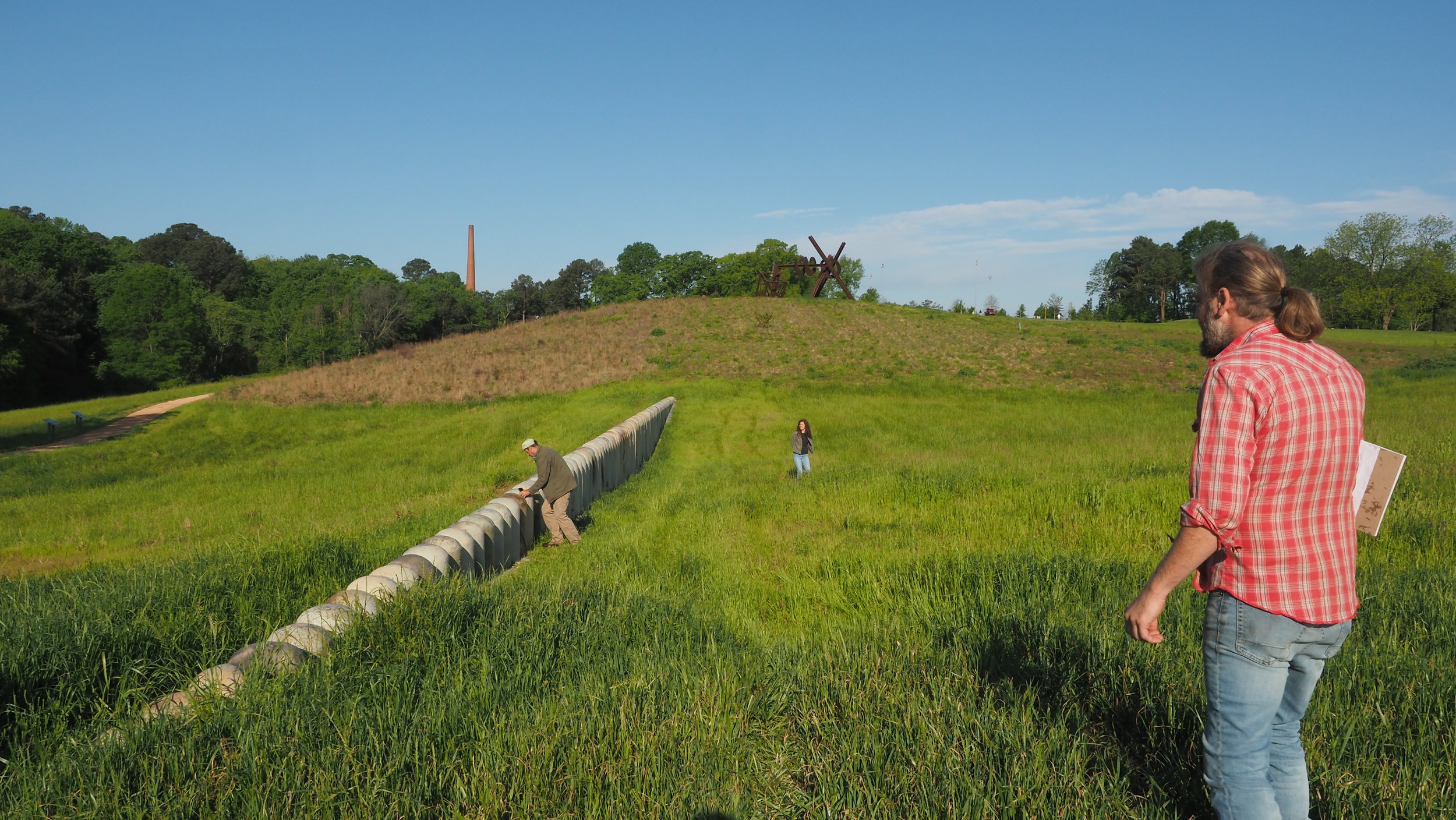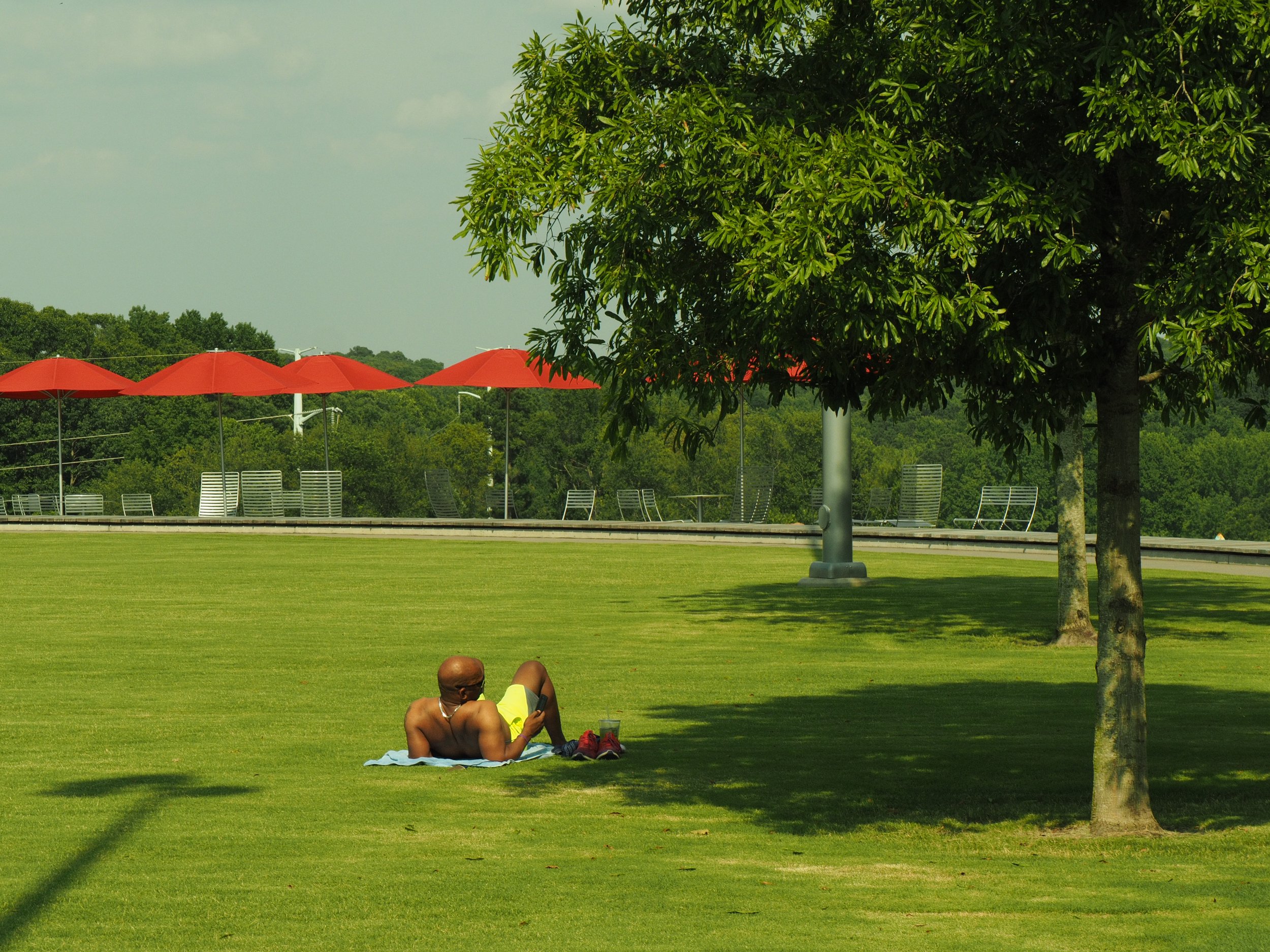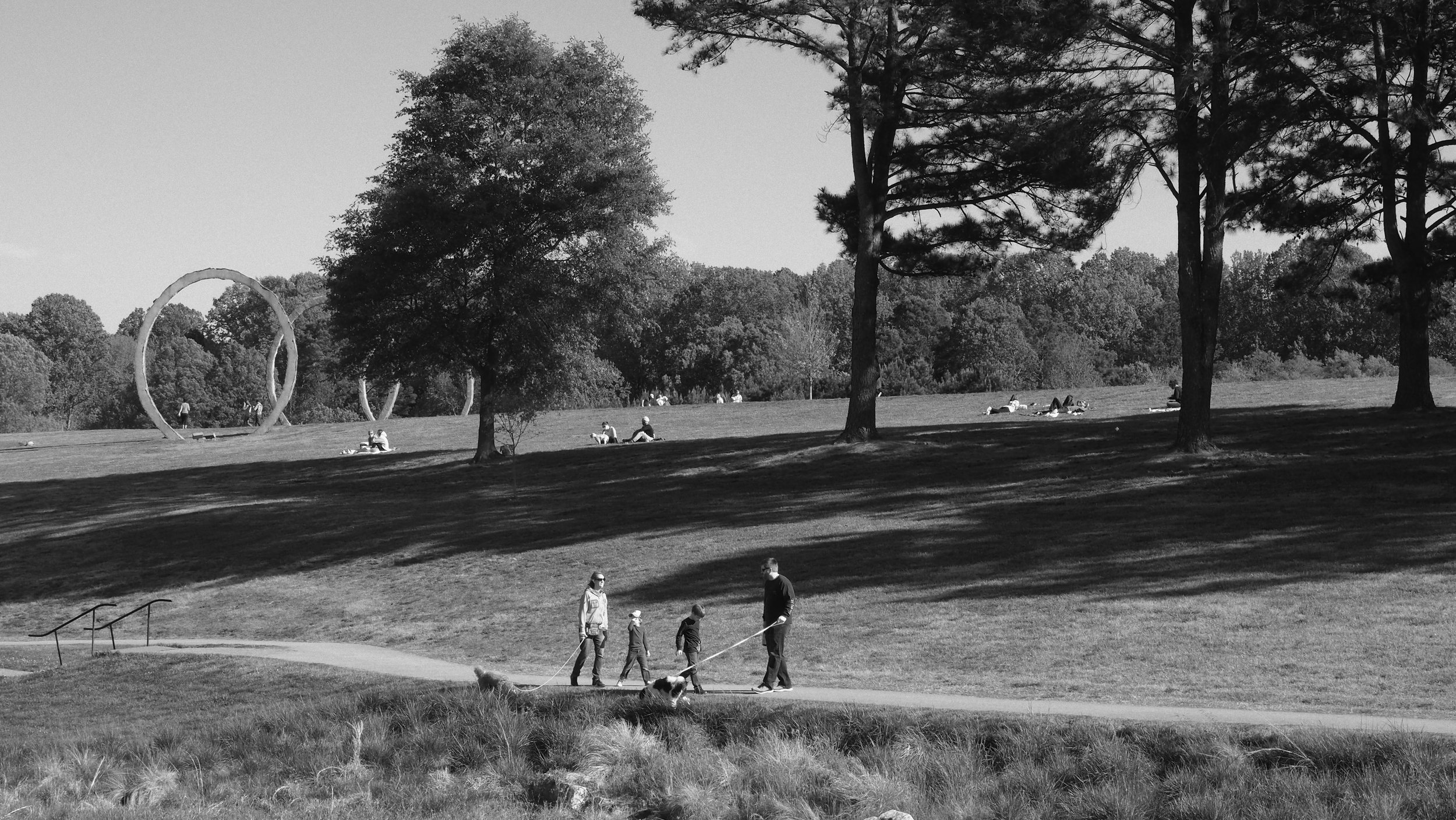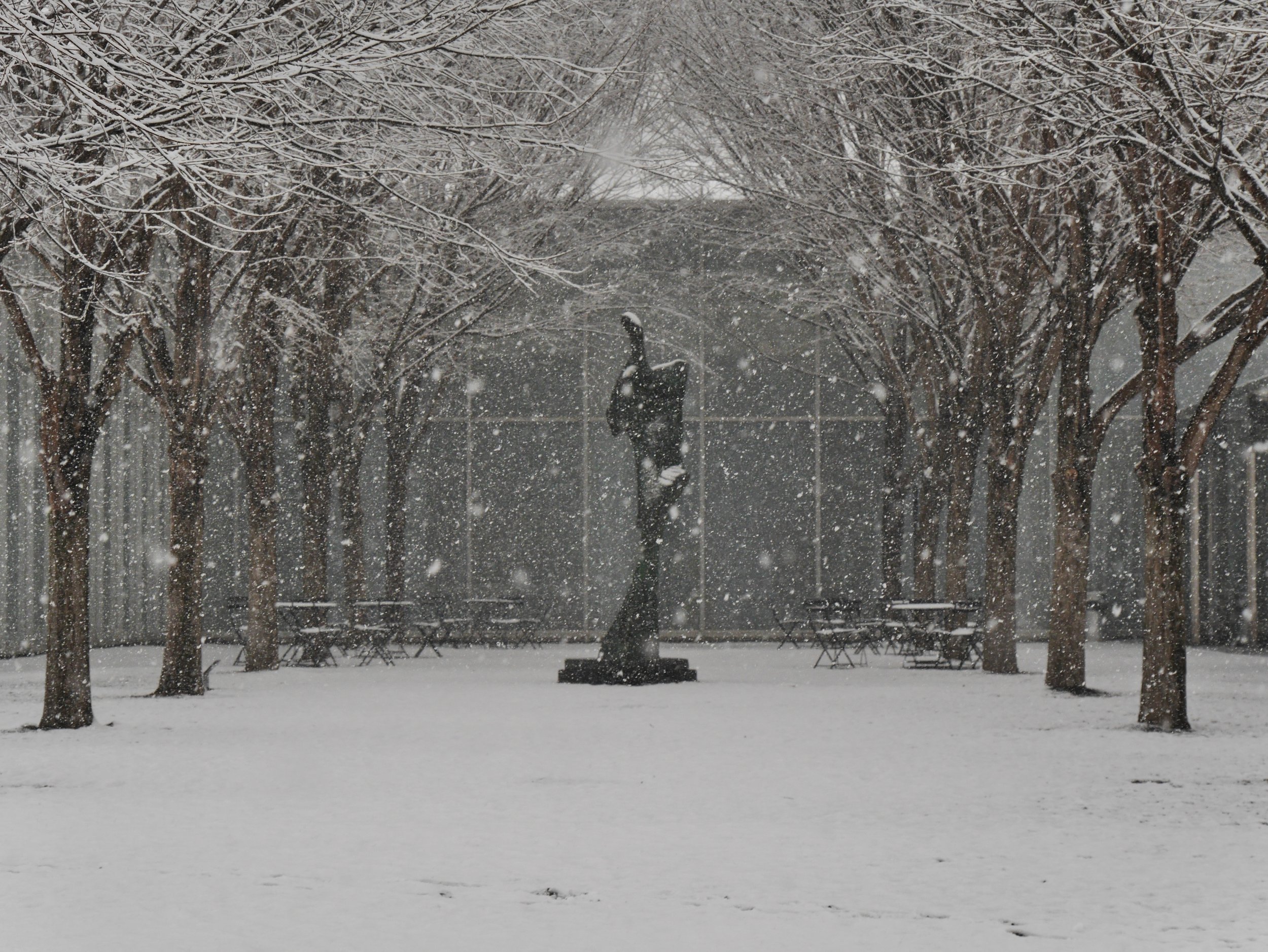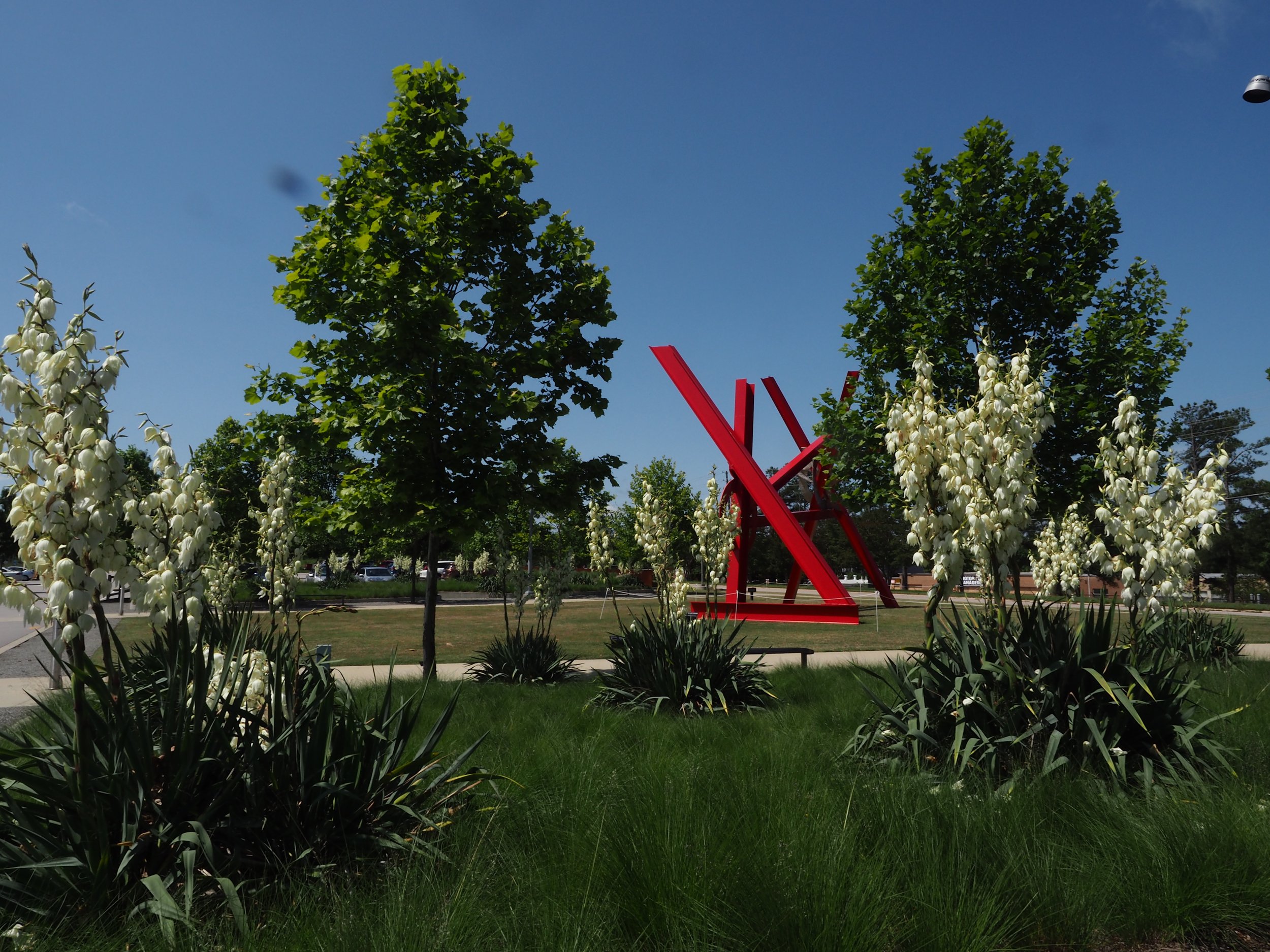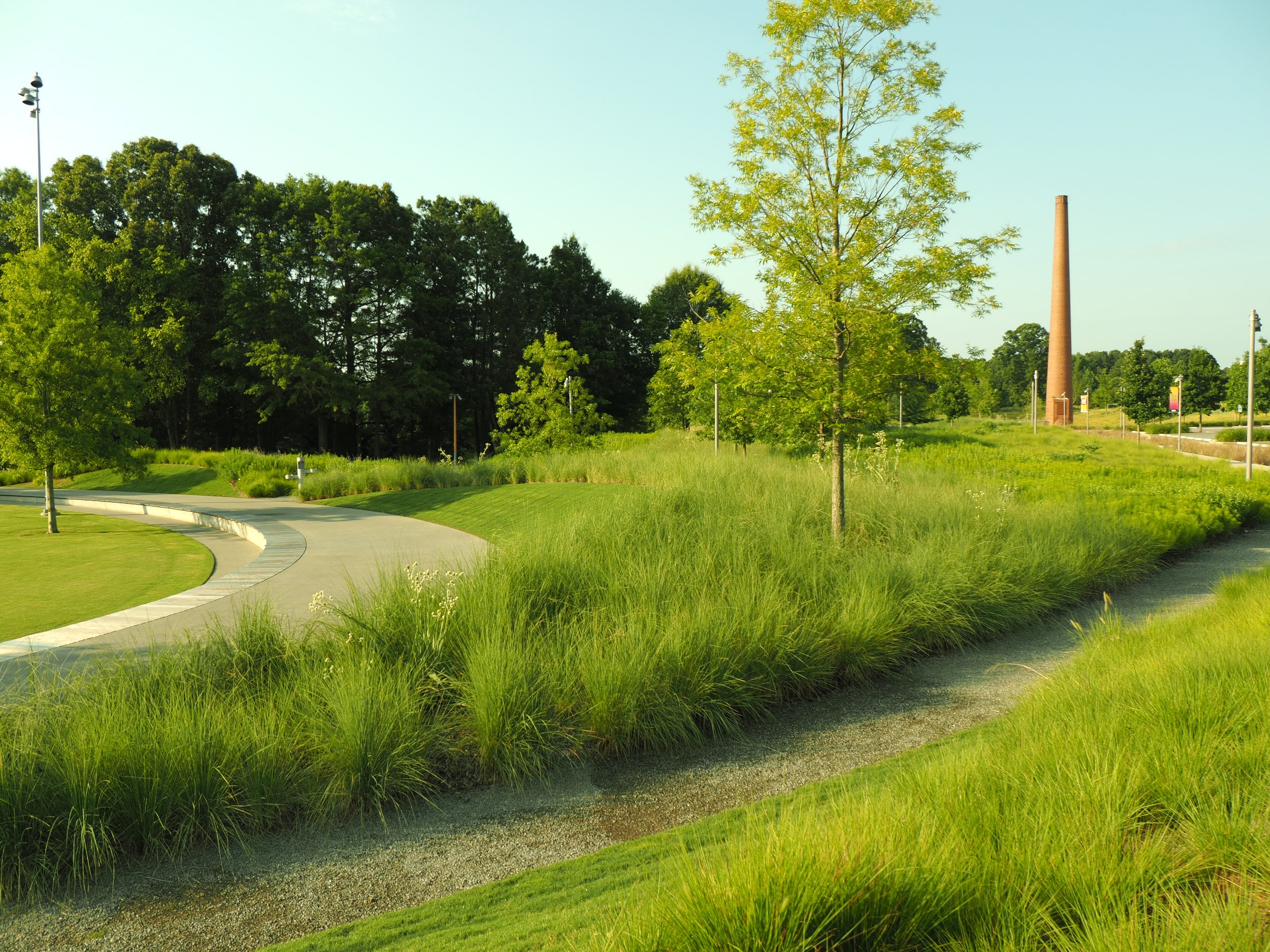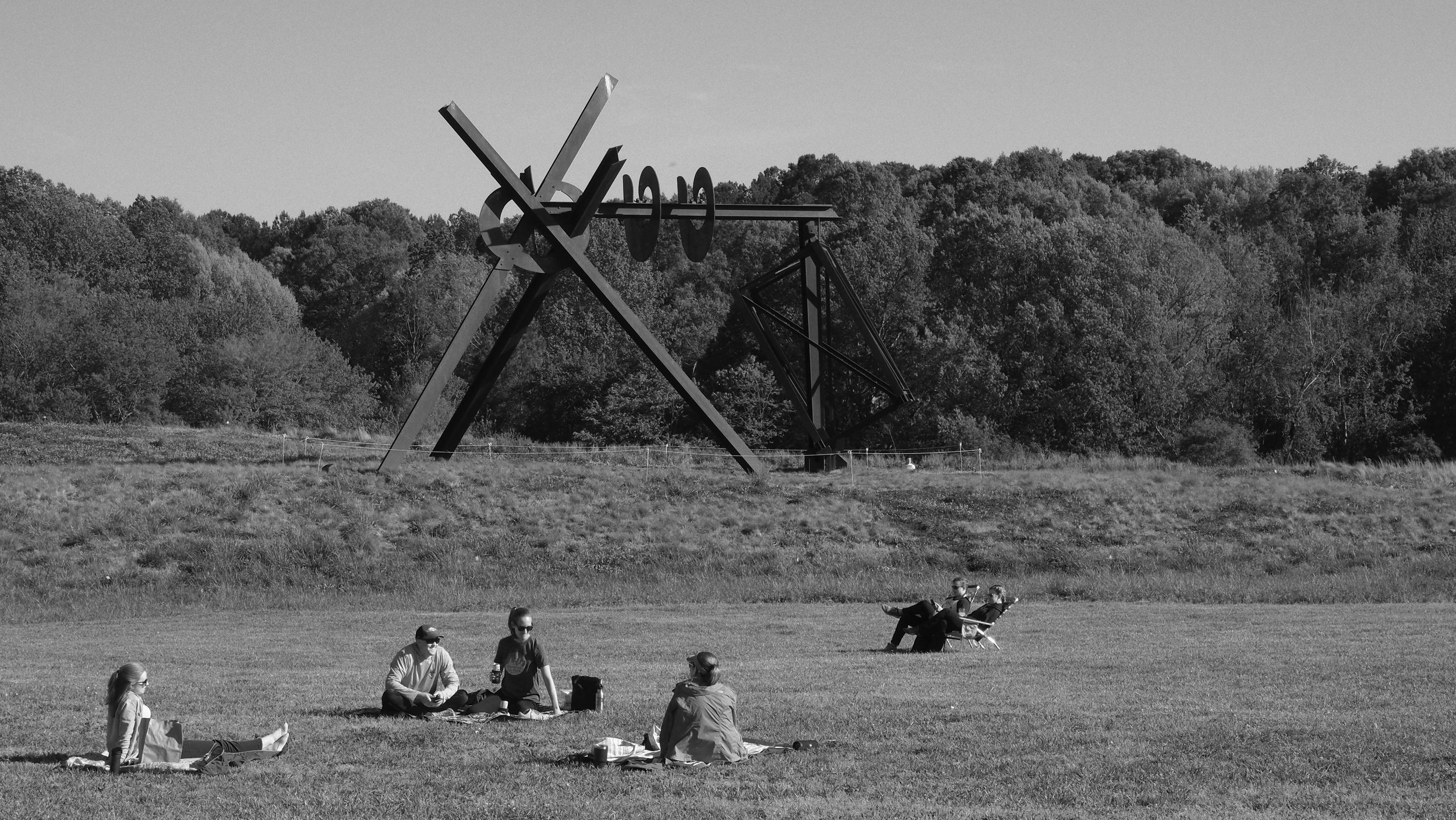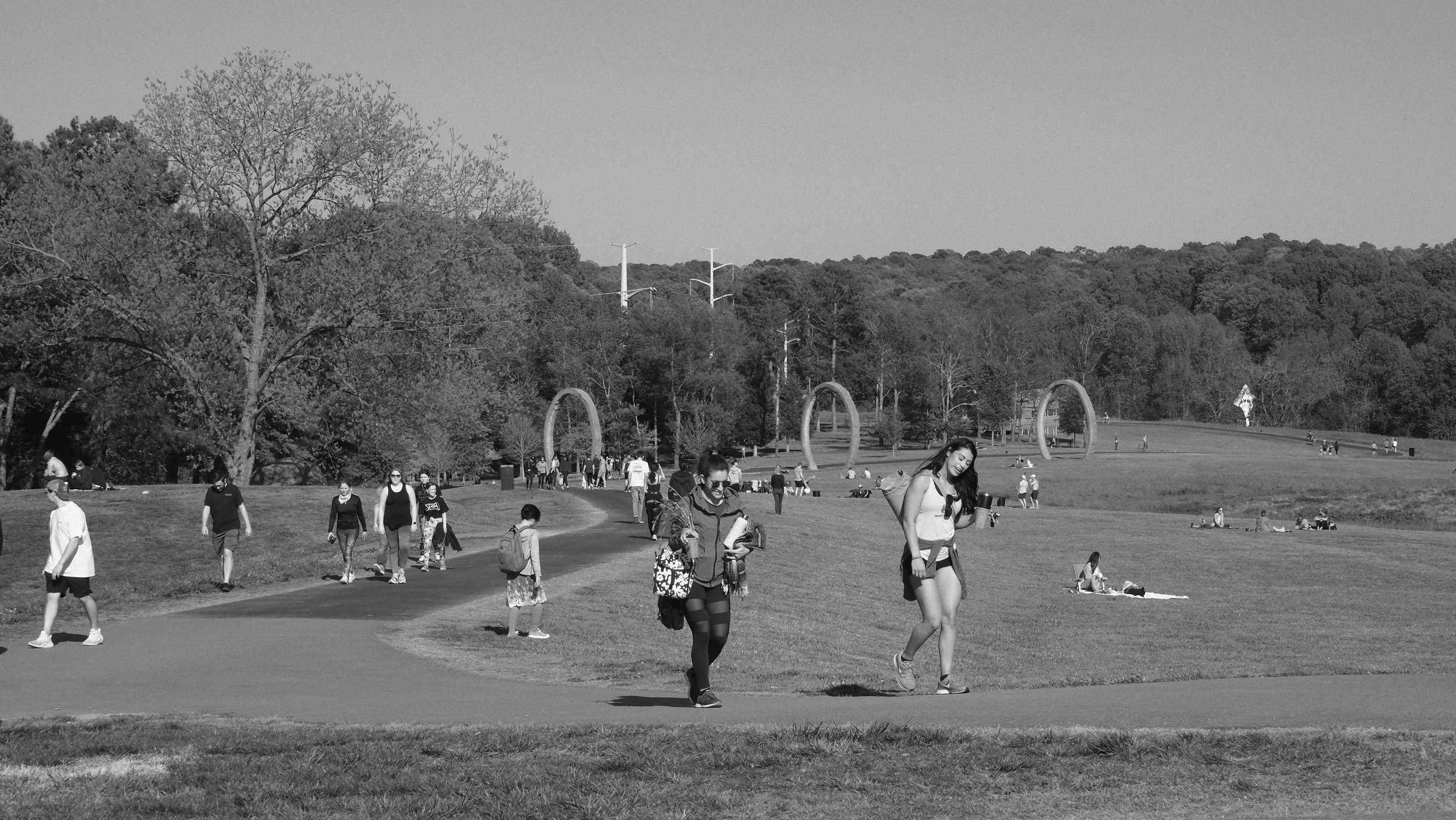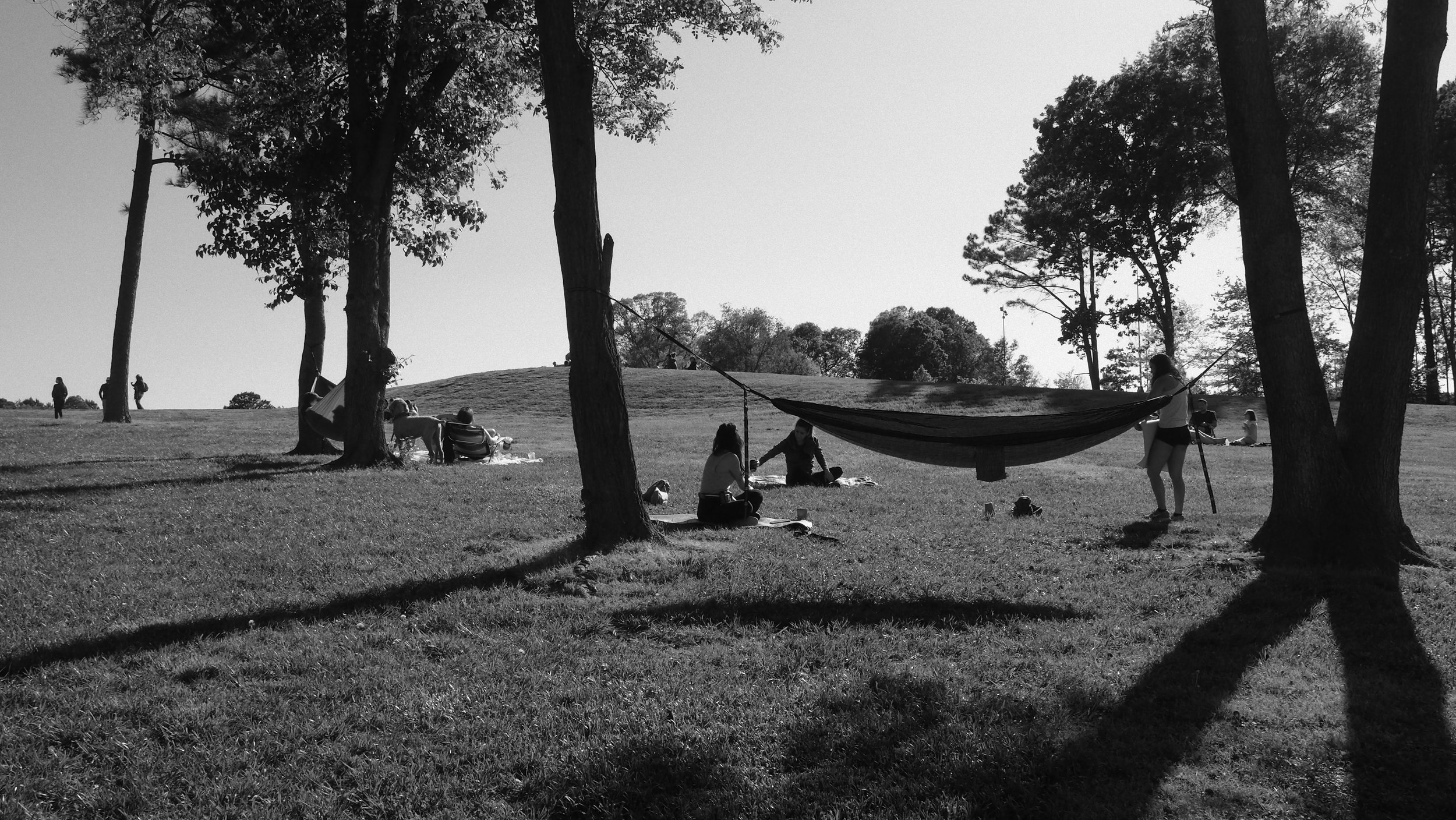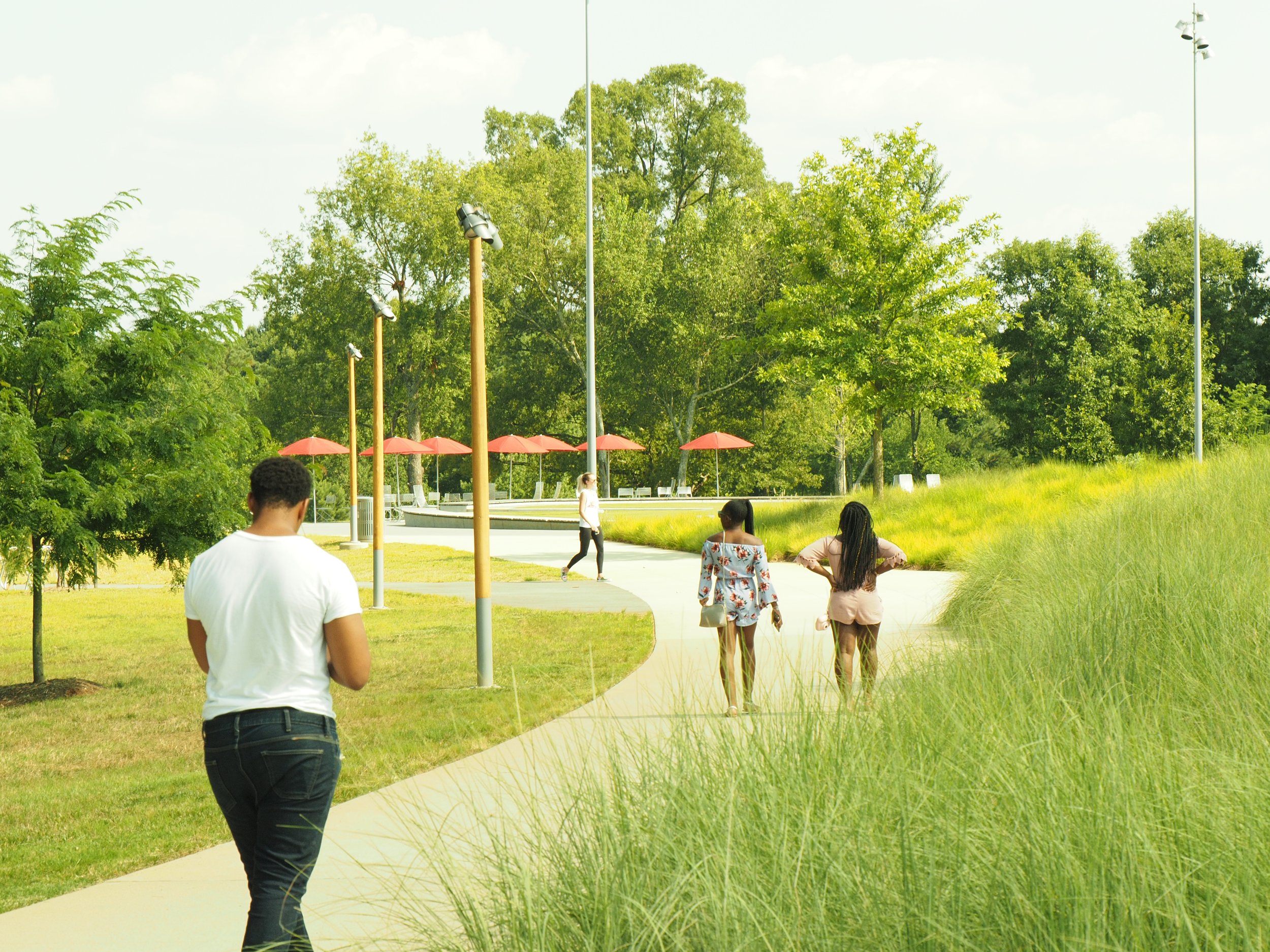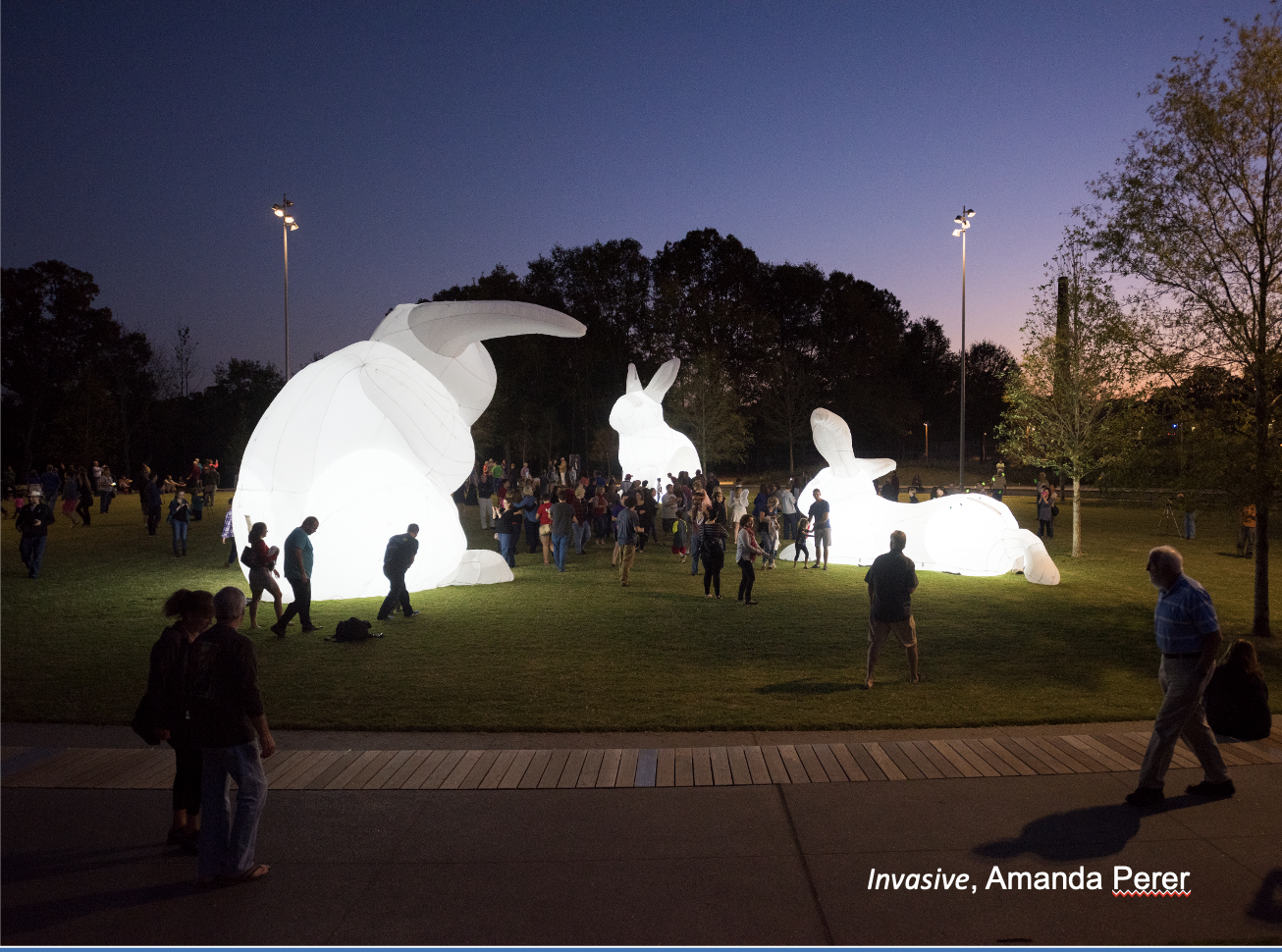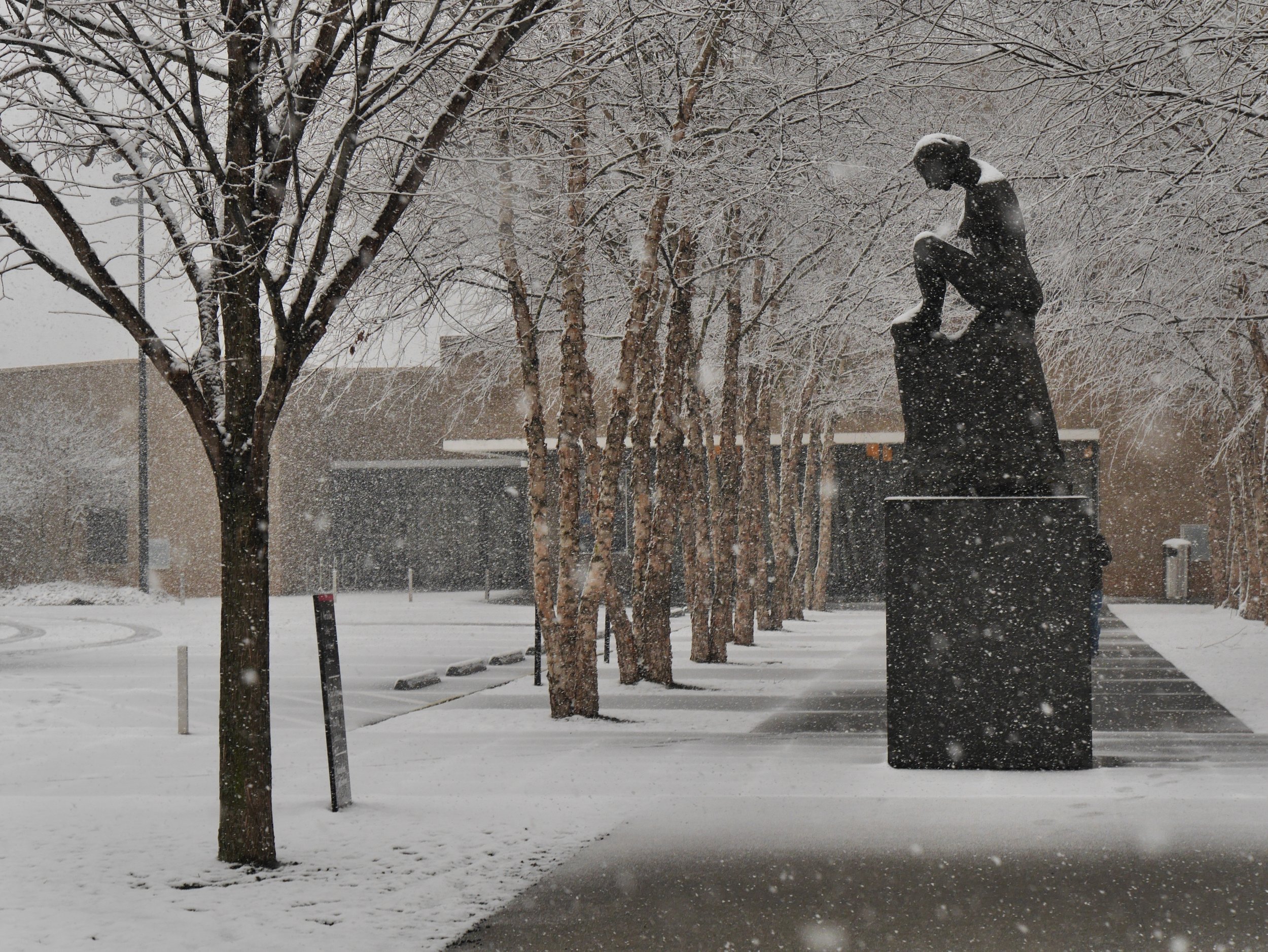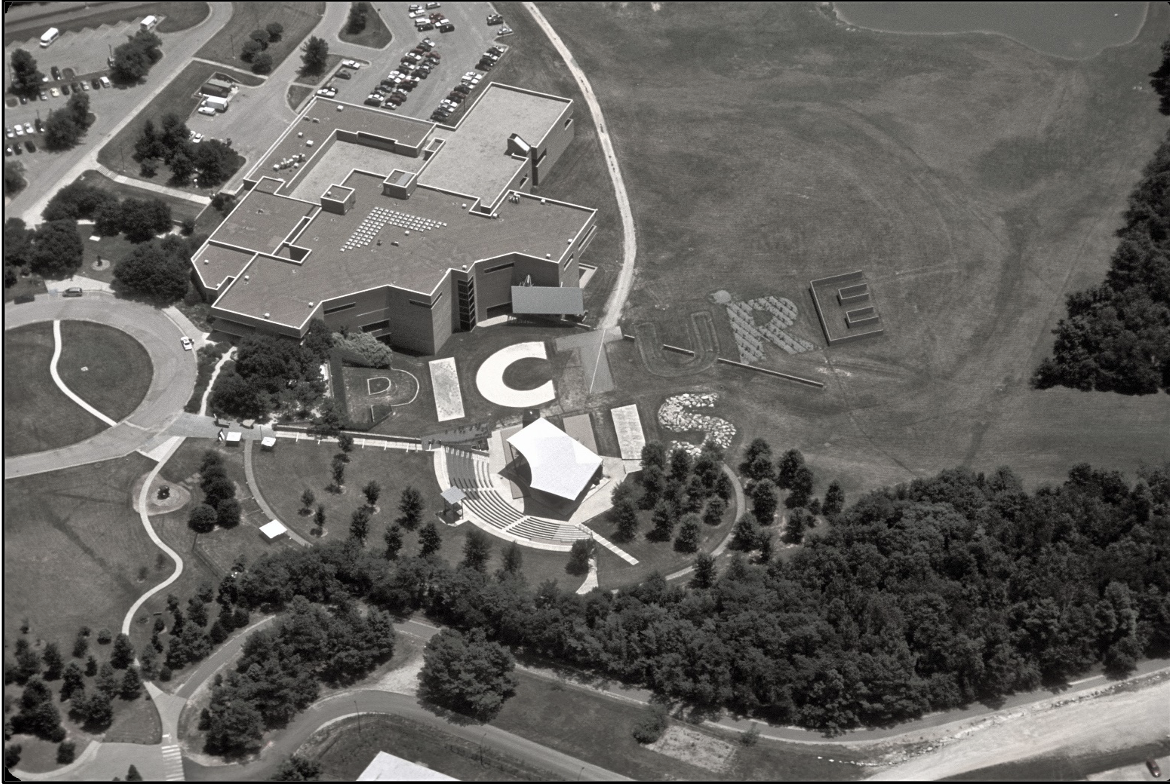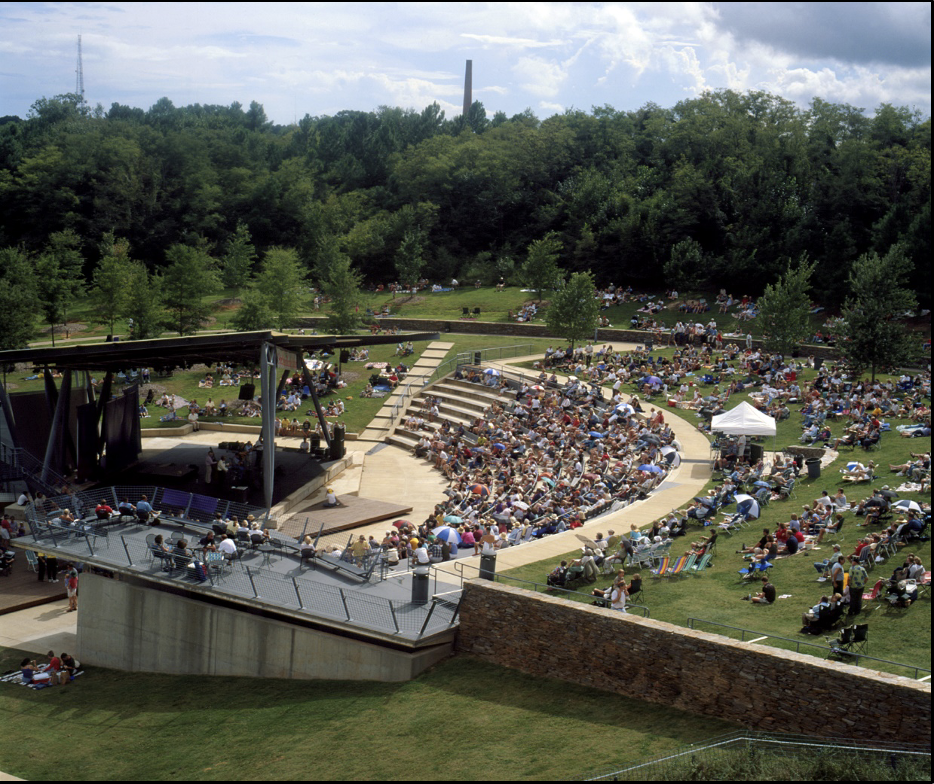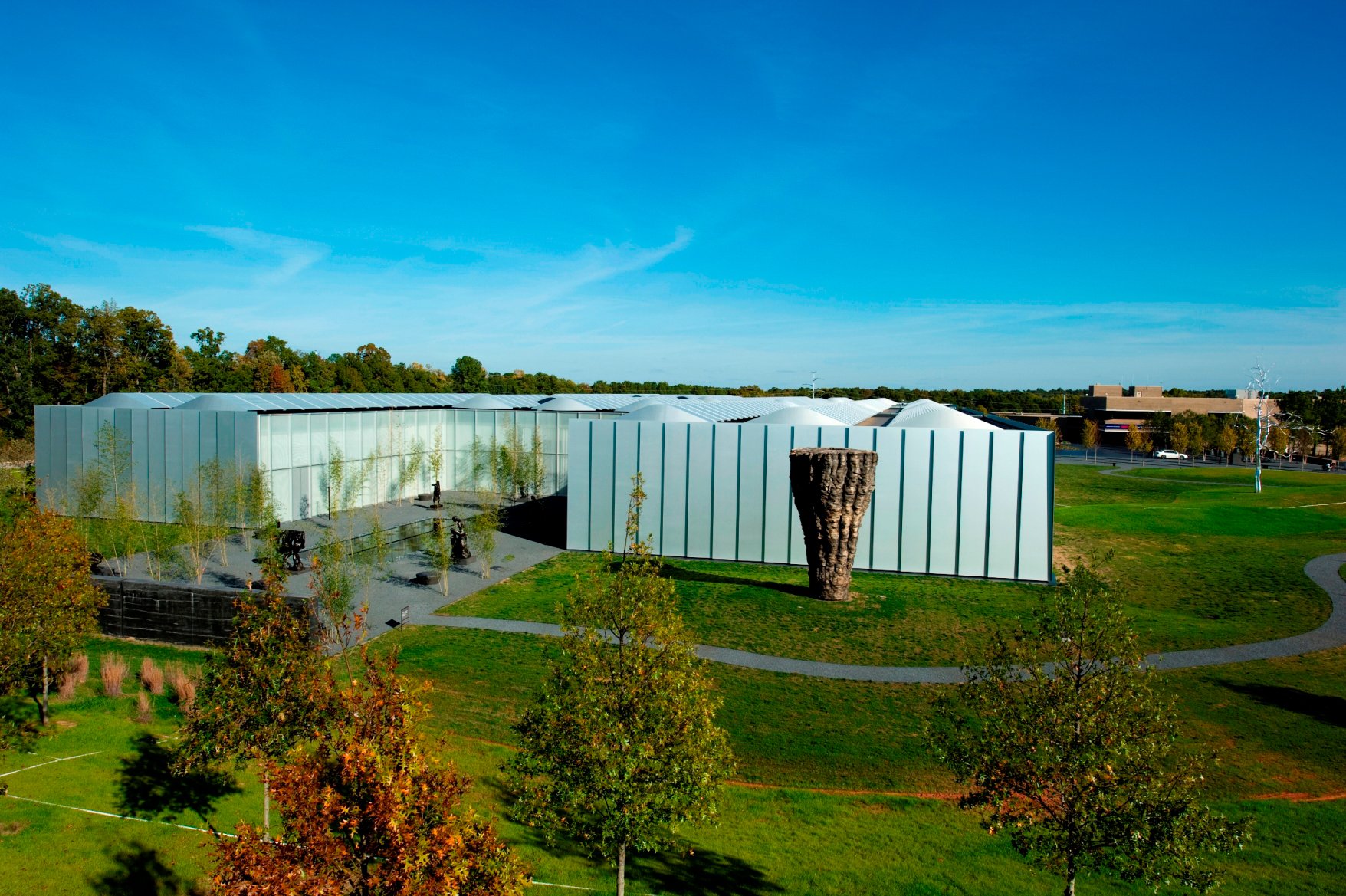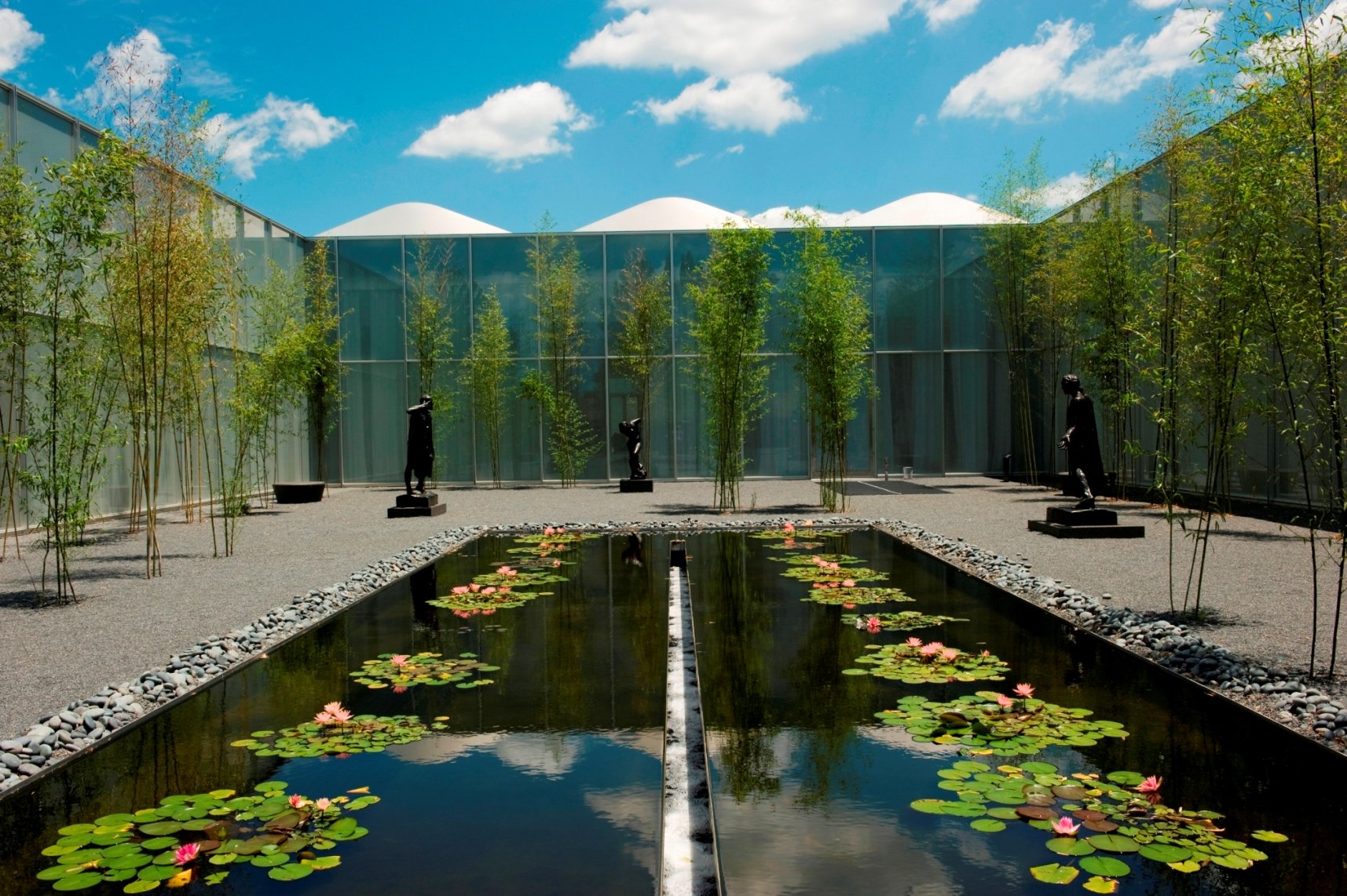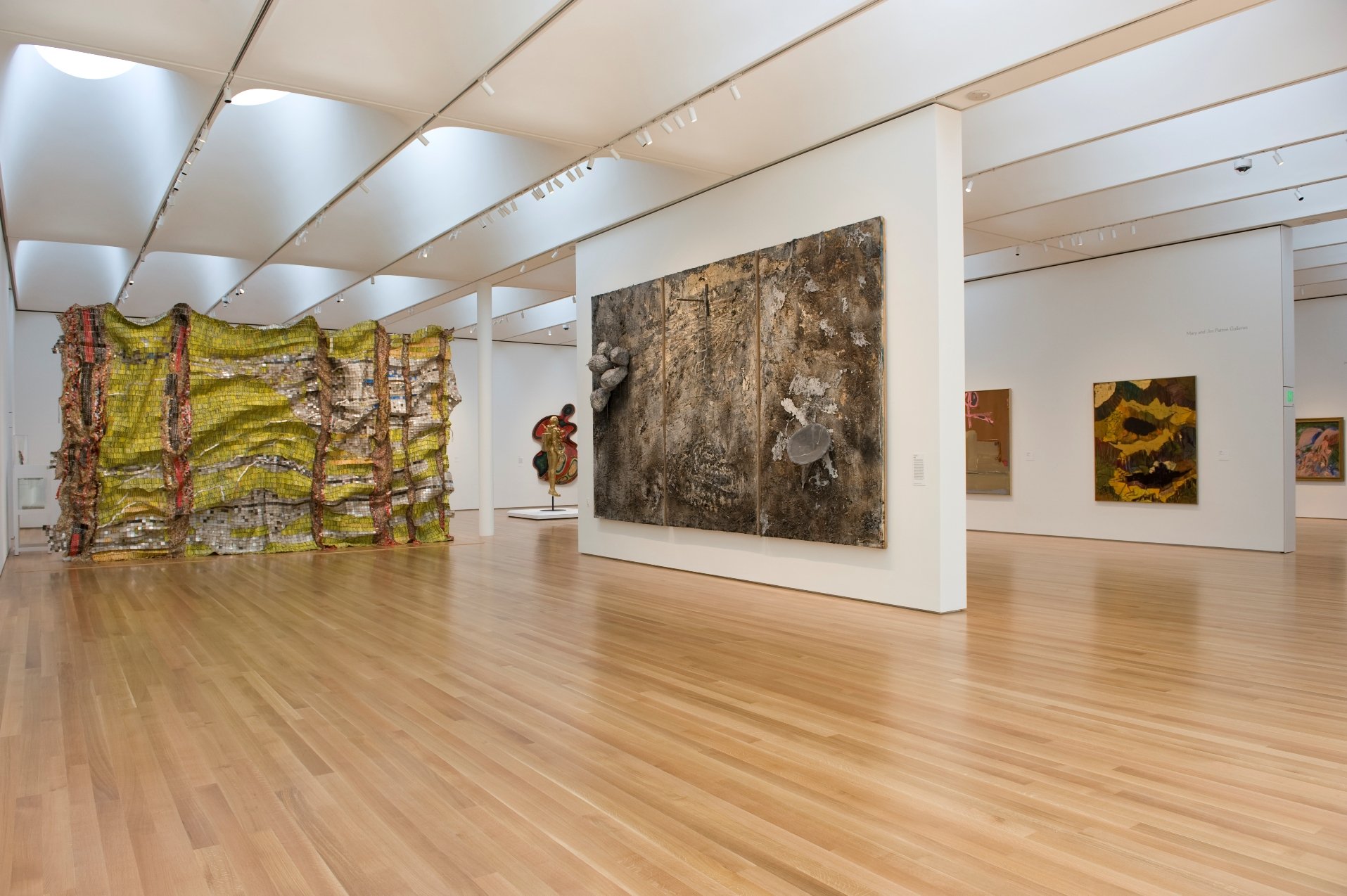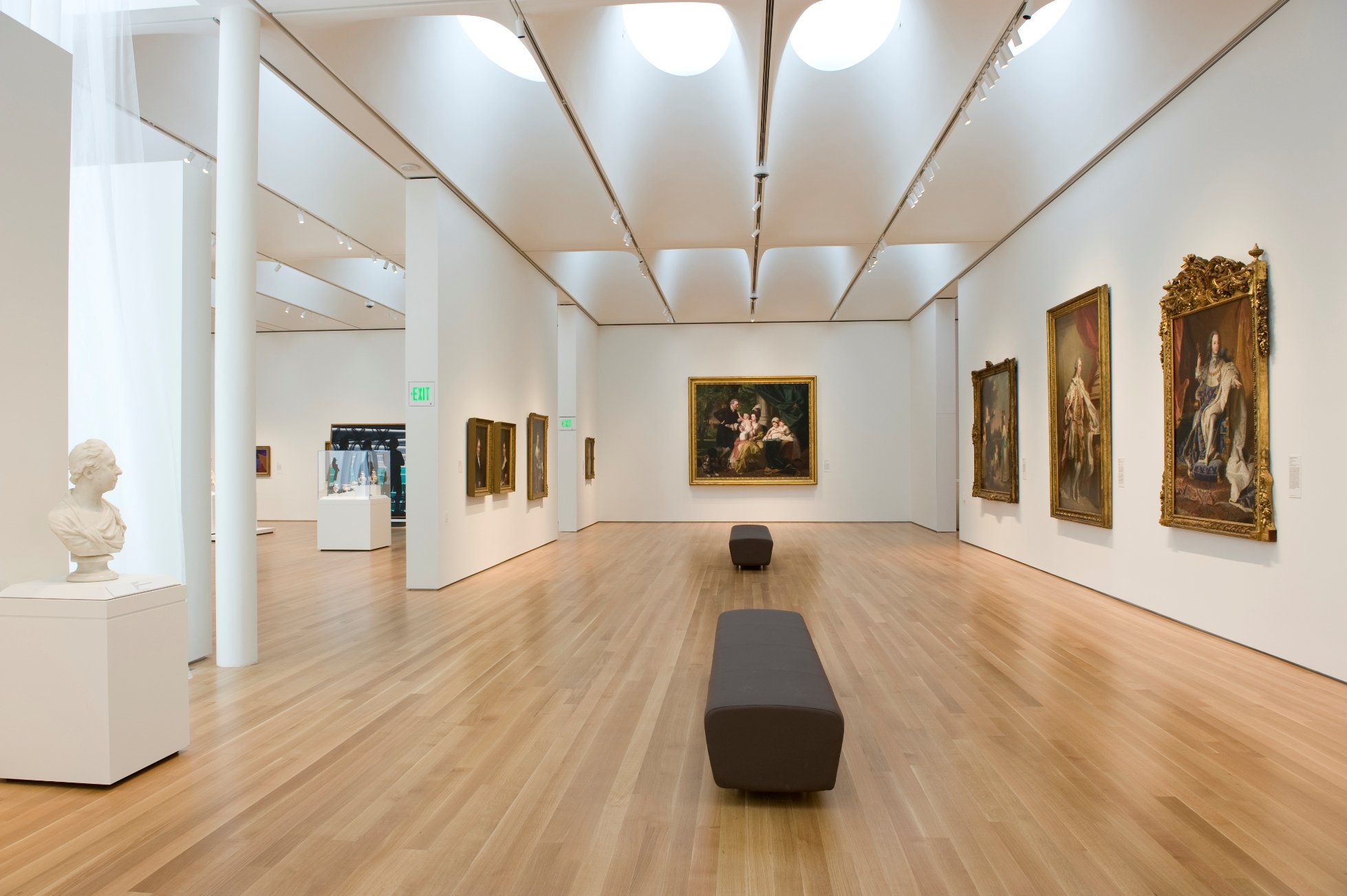“Dan is a special designer with inordinate talents, ethics, and wisdom. He has a magical way and is blessed with inordinate abilities to share his thoughts about the ideas and efficacy of what’s possible - a unique form of magic.” - Gene Bressler, FASLA, Professor Emeritus and former Department Head Department of Landscape Architecture and Environmental Planning College of Design, NC State University
PROJECTS
THE ACKLAND ART MUSEUM: I advise the director and staff of The University of North Carolina’s Ackland Art Museum on facility programming and design of a multi-phase replacement to its current building in Chapel Hill. This is a rich opportunity for the museum and University to renew its campus presence, expand curatorial and collection capacity, and create a special destination within the urban fabric of historic Chapel Hill.
GLENWOOD PLACE, RALEIGH: As this significant multi-use redevelopment evolves, I am working with owners and architects to design a public-facing park infused with art as a new destination on on the Capital Area Greenway system. Prototyping a new concept in art, furniture and illumination, I designed a series of fixtures to support changing art banners and seating encircling a large roundabout. Thirty-eight banners with my art was installed as the first in a continuing series.
NORTH CAROLINA MUSEUM OF ART (1990-2020): Chief Designer, Director of Planning and Design. Over 30 years at NCMA, my creative work expanded from exhibition to environmental design with a rare opportunity to expand a traditional art museum to today’s 164-acre multi-faceted campus through architecture, art in the landscape, and environmental sustainability. It is now a regional destination that expresses art into the landscape attracting an annual audience that grew from 250,000 in 1990 to 1,500,000 by 2020.
Collaboration with great architects, landscape architects, environmental scientists and artists was the highlight and hallmark of decades creating the Museum Park at NCMA guided by the thesis that a park could reduce perceived obstacles to formal art, in their formal spaces. The relaxed and familiar environment of a park invited engagement with art inside and out. Designing an environment for those experiences - approach, sight lines, orientation, elevation, and the practical concerns of safety and conservation - are integral to my approach to museum design.
The first site-specific project in the landscape was an amphitheater (completed 1997) - an amalgam of art, architecture, and landscape comprising a series of letter forms spelling PICTURE THIS. I worked with the team of artist Barbara Kruger and architects Smth-Miller+Hawkinson to design this quirky stage and screen that still hosts a well-loved summer performance program today. As Henry Smith-Miller said, it “turned the museum inside out” making possible the greater park.
From 2000 - 2010, I worked with architect Thomas Phifer & Partners to design the West Building for NCMA’s permanent collection. Phifer’s concept was to connect the exceptional permanent collection with daylight and landscape in as pure a form as possible. The building’s elegant gardens, designed by Walter Havener, created a bridge between the West Building’s grid and the park. Here’s an excerpt from an exhibition I organized for NCMA in 2020, West Building and the Architecture of Light… Light shifts in these galleries with each passing cloud, change of season, and time of day. Daylight is elemental to the sense of transparency felt throughout its interior, divided by a rhythm of display walls. No gallery has four corners, encouraging connections with art across time and cultures. The building’s five courtyards interject deeply into the galleries, creating a meandering route from Ancient to modern with garden views. Beyond the courtyards, the building sits quietly within a formal landscape that rolls toward the greater informality of the Museum Park.
DOWN HOME AND VIOLINS OF HOPE: These two projects are separate, yet connected through culture. Down Home was a long-term project to bring the relatively unknown history of Jewish life in North Carolina to light. I designed a traveling exhibition for artifacts chosen to illuminate this story and form the basis of community conversation. Violins of Hope was a multi-faceted project organized by faculty of UNC-Charlotte faculty and a renowned luthier in Tel Aviv who’s collection of violins played by Jews in concentration camps during the Holocaust. Designing the exhibition for these deeply-meaningful and beautiful objects was an honor.
MINT MUSEUM OF ART (1984-1990): As Head of Exhibition Design, I assembled the Museum’s first design department during a facility expansion, establishing a gallery and publication style. During my six years, I designed more than 100 exhibitions, including the blockbuster Rameses the Great, which drew more than 600,000 visitors.
SAN DIEGO MUSEUM OF NATURAL HISTORY (1980-1984): An artist and cabinetmaker, I was hired to build displays, but quickly had an opportunity to design, beginning my 40-year passion for museums. With an enduring interest in environmental science, working with curators of zoology, botany, entomology, etc… was a dream. I delved into the art of visual communication through design.



